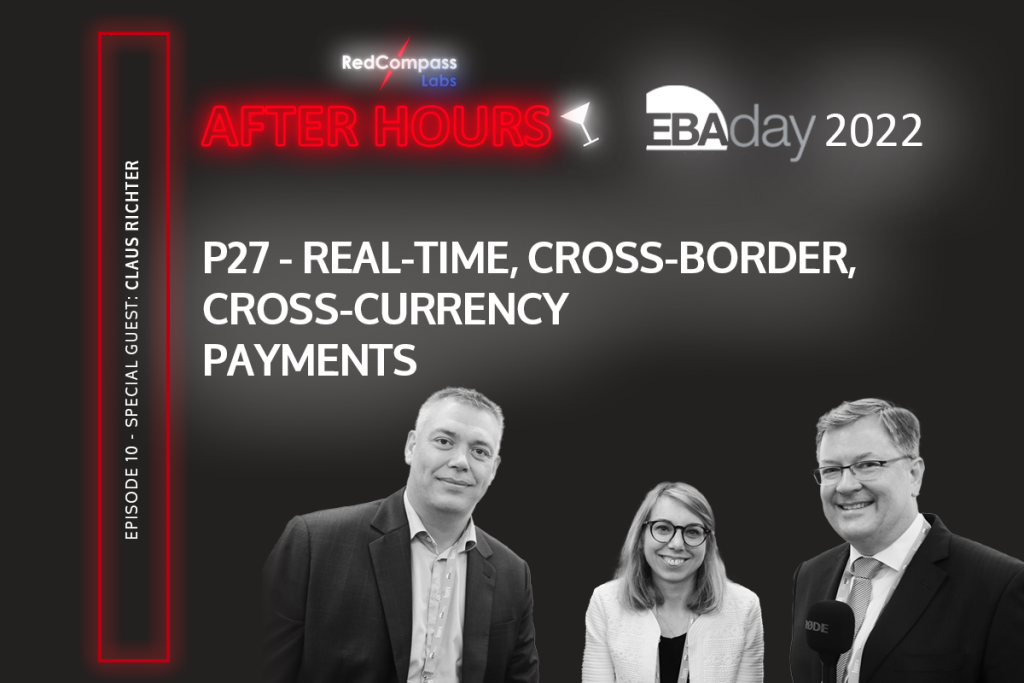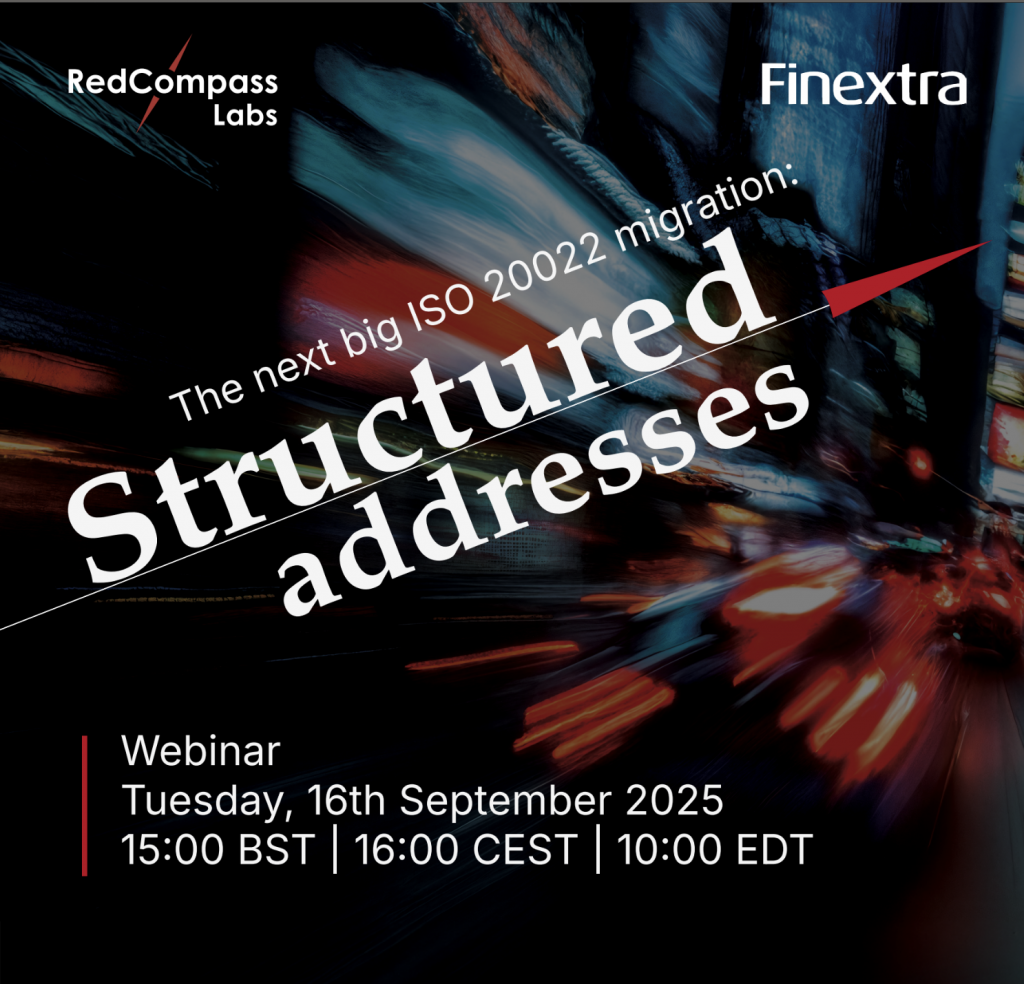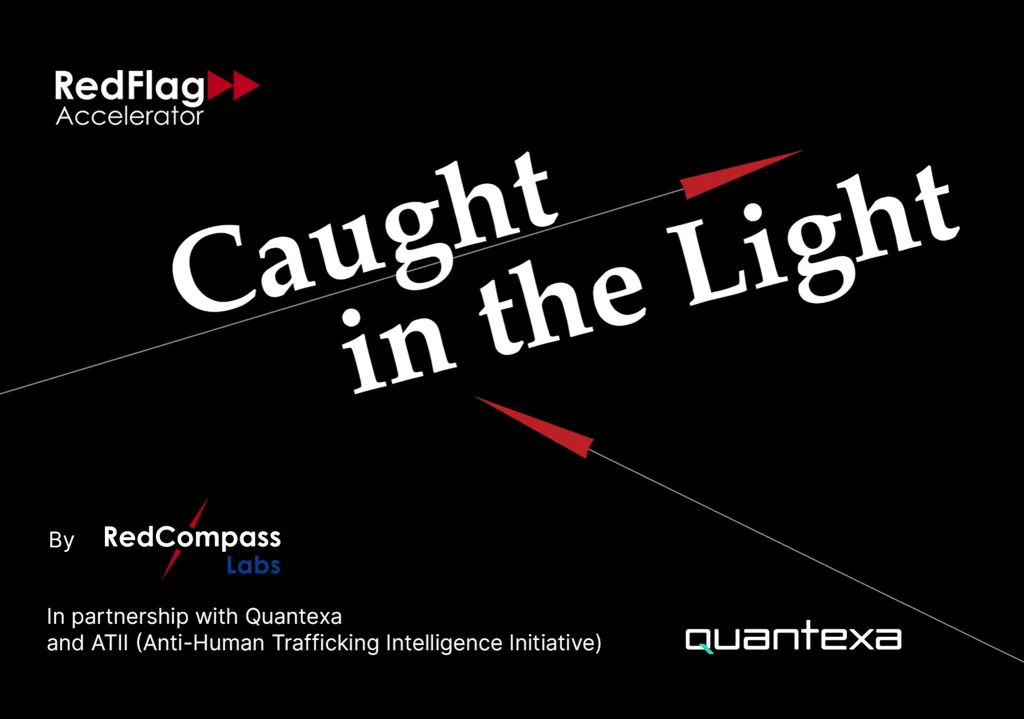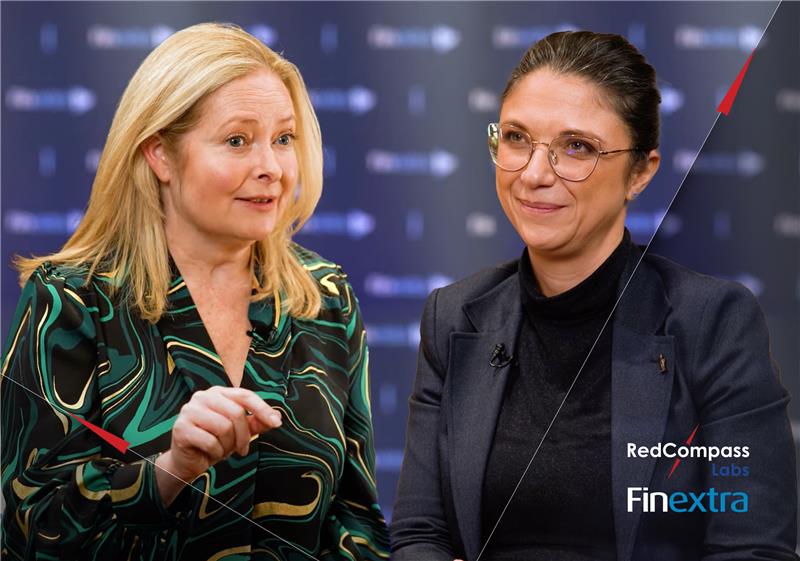P27: 5 Lessons from Back to the Future (of Payments)
On the 8th of June, the Swedish Bankers’ Association announced the establishment of a P27 Migration Committee which will be responsible for preparing the country to switch to the new pan-Nordic real-time cross border platform and to the new ISO 20022 messaging standard. But, what is the P27 initiative and why is it so interesting?
The Nordics have long been considered pioneers in the adoption of digital payments in Europe, with some of the lowest cash usage levels in Europe. Just to give you an idea, already in 2016, in Sweden only 1% of the total value of payments made that year was in cash. In 2018 alone, Vipps, Norway’s mobile payments scheme, reported 141 million mobile payments, which accounted for 67 billion Norwegian Kroner, approximately 55% of the annual growth. In Denmark, Mobile Pay’s market penetration is estimated to be 90%.
This creates unnecessary customer friction, especially for cross-border payments between the Nordic countries, high maintenance costs for payment service providers, barriers to competition and a stifling effect on economic growth.
To address these challenges, in 2017 six Nordic banks launched the so called P27 Nordic Payments Initiative.
What is the P27 Nordic Payments Initiative?
P27 is a company owned by an association of banks – including Danske Bank, Handelsbanken, Nordea, OP Financial Group, SEB, and Swedbank – who in October 2019, made a financial commitment to cover all the costs up until the company is financially sustainable. Its name comes from the project’s aim to improve payments for the 27 million inhabitants in the Nordics.
The P27’s mission is to create a pan-Nordic banking payment infrastructure that allows real-time, batch, domestic and cross-border payments (in Nordics and Euro currencies) to be processed quickly and at low cost on a secure and versatile platform.
The platform, which will be operated by Mastercard as of the agreement signed in June 2019, will be launched in 2021, subject to the merger approval and clearing license.
What is making P27 so interesting?
P27 is a widely discussed initiative in the industry. But why is it so? As Lars Sjögren, CEO of P27 Nordic Payments Platform AB said: “P27 will become the world’s first integrated domestic and cross border real-time payments platform [to manage several currencies]. The Nordic banking sector already has a leading position in Europe, and P27 will help further expand and consolidate this position.”
Far from being biased, Sjögren has a point. P27 Nordic Payments is a window on the future of payments, a crystal ball that shows us how the industry is evolving. So, without further ado, here are five predictions on the future of payments seen through the P27 lens.
5 Takeaways from P27 Nordic Payments Initiative
1. Cross-border payments need to be as easy as sending a text message.
P27 will make it easier for users to conduct domestic and cross-border payments in multiple currencies, driving costs down and users’ experience quality (dramatically) up! w the lead and continue making their payment services faster, cheaper, more transparent, and better, to ensure their customers don’t opt for alternative payment solutions provided by Big Techs, FinTechs or challenger banks.
2. Standardisation of payment rails is key
Being the systems interoperable, banks operating within this scheme will be able to forward the payment if the beneficiary bank does not participate within the P27 scheme. Alternatively banks will be able to simplify their technology stack and associated overheads, particularly if they are also providing SEPA payment services to their customers.
3. Overlay services make the difference
P27’s goal is to “break down barriers for trade and financial interaction” between Nordic countries by making domestic and cross-boarder payments more efficient. This proves that as transaction charges go down, banks need to create margins in the value-added services built on top of real-time payments. Overlay services such as electronic invoices, Request to Pay and services focusing on multi-currency challenges will allow banks to stand out and generate revenue streams.
4. Agile is the norm
Banks, participating in the P27 Nordic Payments initiative will need an agile delivery approach to support an 18-month programme with very aggressive timelines. The ever-increasing speed of change is forcing financial institutions, within and outside the Nordics, to rethink their approach to deliver change, meet the regulatory demand, and remain competitive.
5. Global Payments 24/7 are closer than you think
The P27 initiative confirms the consolidation of a trend that has emerged in the last decade: payments will soon be 24/7, ubiquitous and global. Today’s customers want to be able to pay, access and manage their accounts from anywhere at any time.
While one could argue that SWIFT gpi (Global Payment Initiative) already exists, 24/7 global payment services are the upcoming challenge. Regional 24/7 payments like P27 are surely the first step. So, once everyone is fully migrated to P27, the obvious next questions are: how can this be made interoperable with real-time payment schemes within the US, Asia, Australia or Europe?
How will customers benefit from it and what are the challenges that banks need to address to create a global, instant payment scheme? These are questions that our industry will be called to answer sooner rather than later.
Share this post
Written by

RedCompass Labs
Resources





